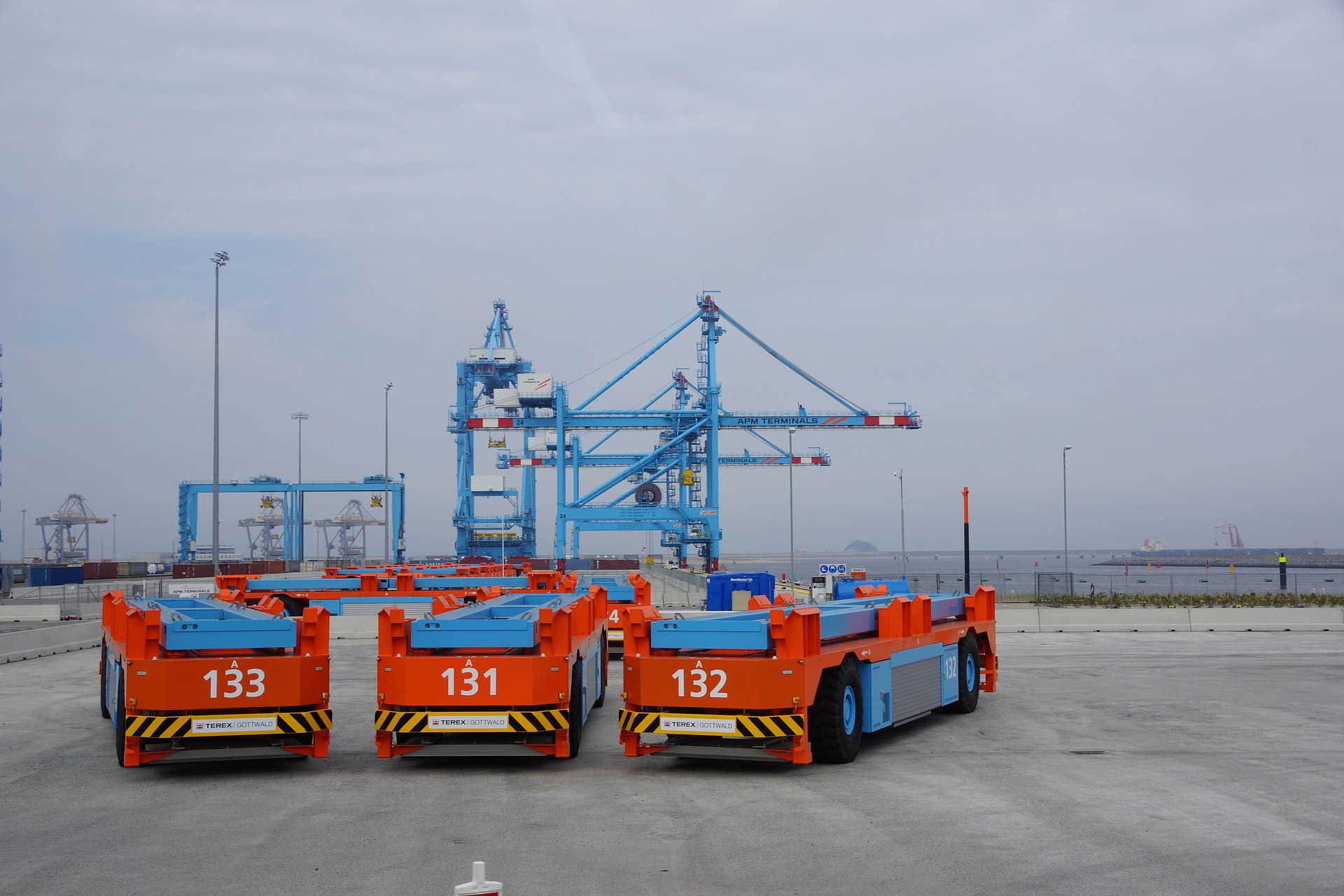The future of transportation is autonomous. Whether you’re shipping goods across the sea or across the highways, your products will eventually move along inside of a vehicle without a driver. More to the point, those options are going to be here sooner than you think. For entrepreneurs considering driverless transportation, there are already a number of choices available.
What should logistics professionals consider when they think about autonomous transportation?
Autonomous Transports are Already Taking Over Long-Haul Routes
If you’re keeping up with the news, you may already be aware that autonomous trucks have begun to take over American highways.
- Uber’s self-driving trucks, known previously as Otto, have already begun delivering cargo in routes between Nevada and California – and have apparently taken thousands of trips, although the company has been secretive regarding further details.
- In the same region, a company known as Embark has been transporting Frigidaire products using autonomous trucks along a 650-mile route.
- Lastly, Tesla has begun testing its autonomous Semi trucks by using them to deliver batteries from its battery plant in Nevada to its vehicle assembly plant in California.
Semi-trucks are a good use-case for autonomous vehicles. Highway travel is simple, and these transports always travel between two fixed destinations. Although the trucks do still need human operators to navigate surface roads and side streets, that hasn’t stopped companies from rapidly adopting the technology. Based on current trends, McKinsey and company predicts that over 30% of new trucks will be autonomous by 2025.
The Autonomy by Land and by Sea
Speaking of currents, roughly 90% of world trade is carried over the ocean. Although cargo ships are ubiquitous, the shipping industry has been in the midst of a slow-burning economic crisis over the last few years. Due to an overcapacity issue, the cost for transporting cargo has dropped so much that major shipping conglomerates are no longer generating enough revenue to cover their costs.
Autonomy may present a lifeline for a beleaguered shipping industry. Either the industry can wait for the overcapacity problem to resolve itself, or they can take proactive steps to cut costs – and one way to cut out costs would be to cut out a ship’s crew.
To this end, the world’s first autonomous cargo ship is scheduled to launch its maiden voyage next year. The Yara Birkeland is a 100-container vessel that’s intended to run solely via solar and battery power – and without any crew at all. Although 100 containers is small for a cargo ship – and its intended routes are relatively short – expect more shipping companies to retrofit their ships for electric and autonomous service if the experiment is successful. After all, the Birkeland’s unique characteristics are expected to bring down its operating costs by 90% compared to a ship of similar size.
Get Ready for Last-Mile Autonomous Delivery
The last mile of your logistics pipeline – getting your product into the hands of the consumer – has historically been the most important part of any logistics undertaking. This goes double in terms of autonomy. Typically, last-mile delivery involves tight timelines and twisting side streets – two things that robots aren’t well equipped to handle. While some startups have been trying to solve this problem with drones, another group has been trying to tackle this problem directly with autonomous ground vehicles.
Entrepreneurs are trying to solve the last mile problem with cars that don’t look like a typical vehicle. Smaller and slower than ordinary passenger cars, autonomous last-mile delivery vehicles may go even further towards autonomy than their big rig cousins – often featuring zero space for drivers, pedals, or steering wheels. In this manner, vehicles can maximize their cargo area while maintaining a narrow footprint – perfect for vehicles designed to move at speeds less than 25 mph and stop often.
When Will Autonomous Vehicles Enter Your Supply Chain?
Depending on the market you serve, and where you serve it, autonomous vehicles will potentially be entering your supply chain very soon:
- If you’re a B2C company that focuses on delivering directly to consumers, then some autonomous last-mile delivery options may already be available.
- If you depend on long haul truck routes, and operate in California or Nevada, then you may already be able to get your goods onto an autonomous truck.
- Autonomous ocean transport most likely won’t be available in the immediate future but watch for the shipping industry to make moves towards adopting this technology or retrofitting existing ships.
Although fully autonomous passenger vehicles are still a long way off, transportation vehicles fulfil a simpler set of requirements. As such, the next few years are likely to see an explosion in the number of autonomous transport vehicles on the road. For supply chain experts, the question is clear – it’s not a question of whether autonomous vehicles will enter your supply chain, but rather, how soon.

About Michael Wilson
Michael Wilson is AFFLINK'S Vice President of Marketing and Communications. He has been with the organization since 2005 and provides strategic leadership for the entire supply chain team. In his free time, Michael enjoys working with the Wounded Warrior Project, fishing, and improving his cooking skills.






